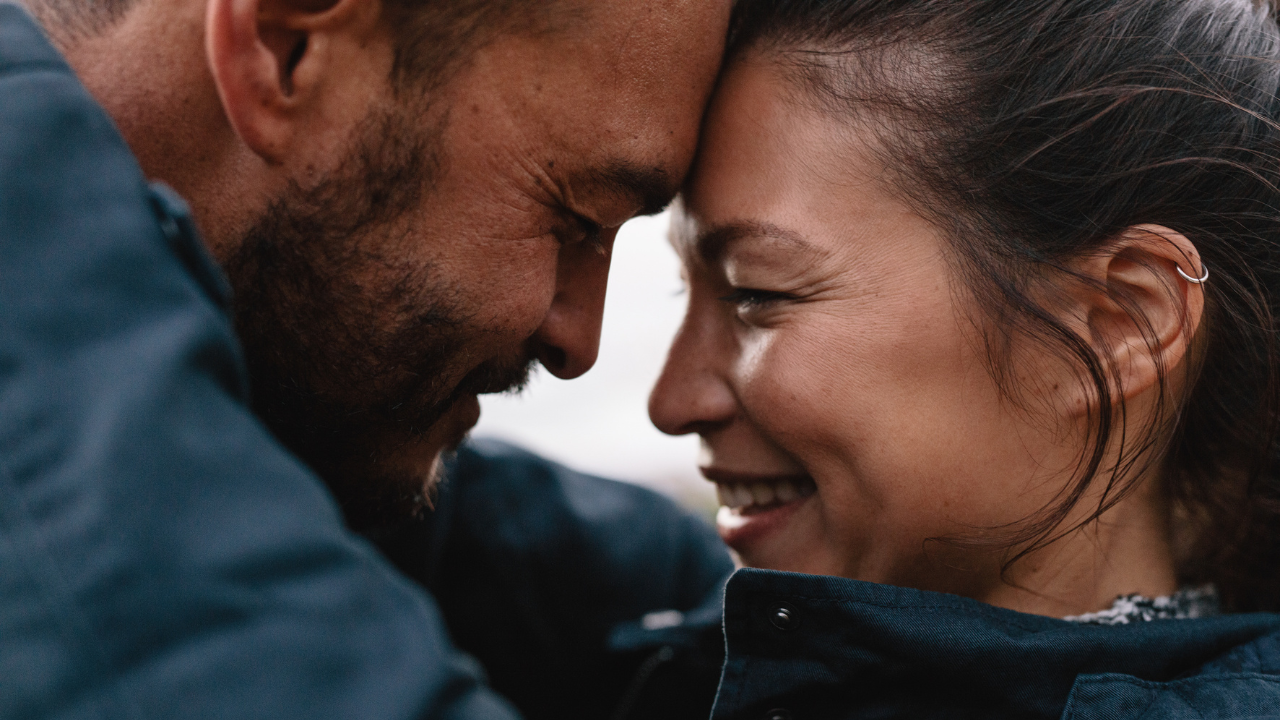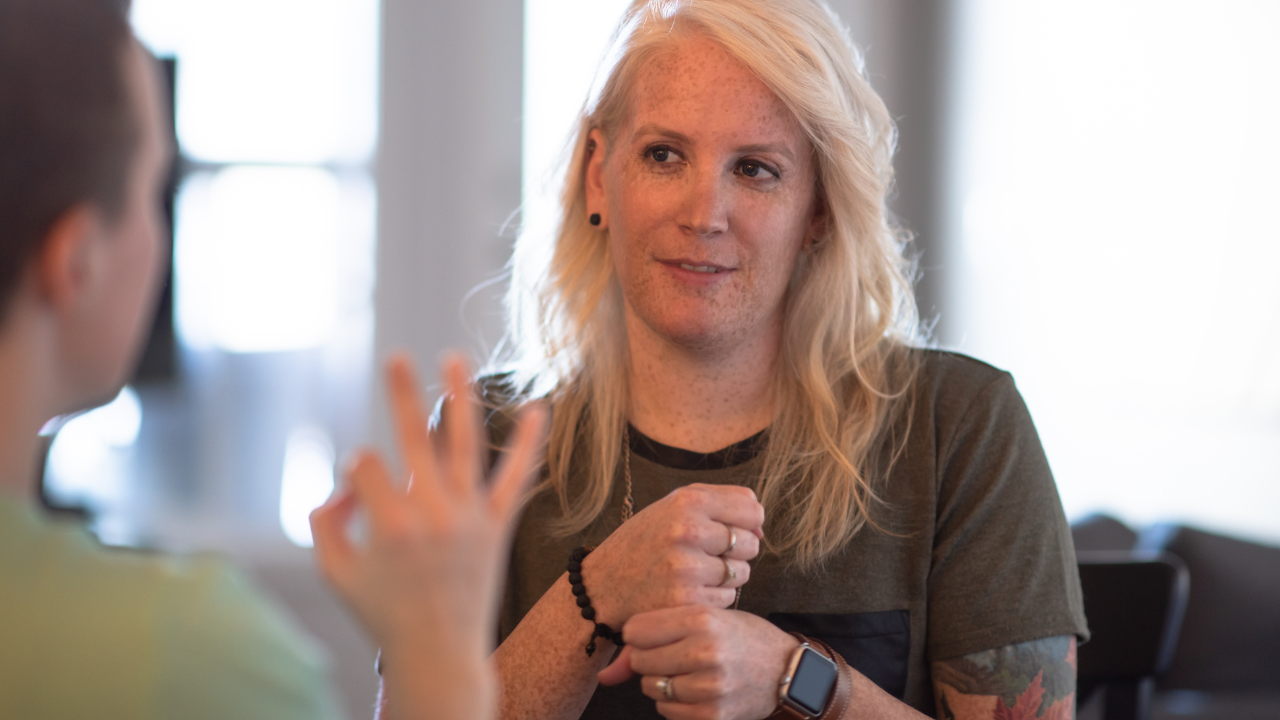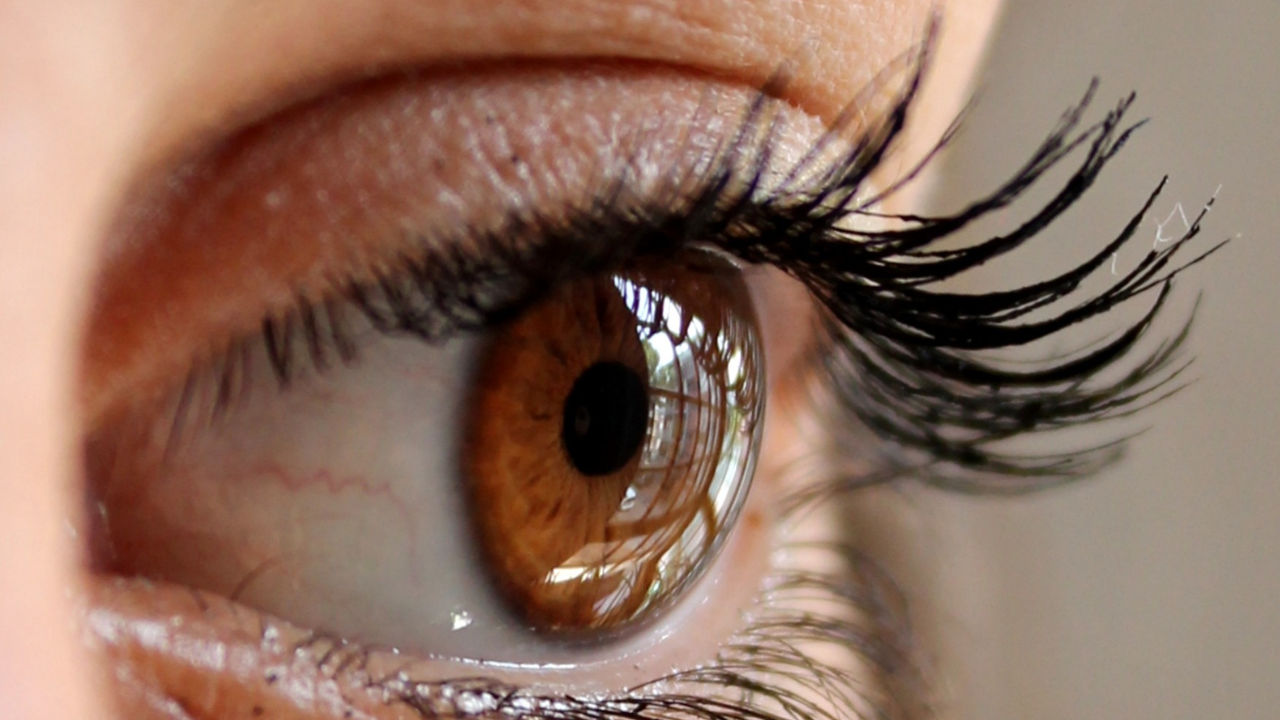Our early experiences of bonding with caregivers create powerful imprints on how we connect with others in adulthood. Attachment styles are responsible for emotional patterns and communication within romantic relationships. Understanding ones own attachment style—and ones partner’s can mitigate cycles of insecurity, conflict, or disconnection. Changing your attachment dynamic within the relationship has the capacity to transform the way you relate.
What Are Attachment Styles?
Attachment theory, developed by John Bowlby and later expanded by Mary Ainsworth, outlined how our emotional bonds in early life shape our close relationships throughout adulthood. According to this model, there are four primary attachment styles: Secure, Anxious (Preoccupied), Avoidant (Dismissive) and Disorganized (Fearful-Avoidant).
Our ability to trust, communicate, and maintain emotional closeness in relationships is dependant on our attachment style. (Mikulincer & Shaver, 2007). Anxious, avoidant, and disorganized patterns impact love whilst secure attachment leads to more relationship success and longevity. The clinical data suggests that we can change our attachment style over the course of our lives and if our partner is not able to facilitate this growth therapy can be beneficial.
Anxious Attachment Style: The Fear of Being Left
People with an anxious attachment style often struggle with self-worth and seek constant reassurance from partners. Their nervous system is frequently in a state of alert for signs of rejection or abandonment.
Key characteristics:
- Fear of abandonment and being alone
- Preoccupation with the relationship
- Reactivity during conflict
- Constant need of validation
- Low self-esteem and tendency toward codependency
Clinical Insight: Studies show individuals with anxious attachment are more likely to perceive relationship threats where none exist, leading to relationship burnout and emotional volatility (Arriaga, 2013).
Avoidant Attachment Style: The Need for Distance
Avoidantly attached individuals often prize independence and may avoid emotional closeness, fearing they’ll lose their autonomy or become vulnerable.
Common traits:
- Discomfort with intimacy or dependency
- Emotional withdrawal during conflict
- Downplaying relationships
- Difficulty with the expression of needs and
- Preference for solitude or compartmentalized connection
Clinical Insight: Avoidant attachment has a neurochemical indicator that explains some of these traits. It has been linked to reduced oxytocin response during emotional bonding, making it more difficult to feel safe with closeness (Bartz et al., 2011).
Disorganized Attachment Style: The Inner Conflict
Also known as fearful-avoidant attachment, this style arises from early relational trauma, often when caregivers were sources of both emotional support and fear.
Signs to watch for:
- Conflicting need for closeness and fear of it
- Strong emotional reactivity
- Sudden withdrawal in intimate moments
- Mistrust of others’ intentions
- Difficulty regulating emotions
Clinical Insight: Disorganized attachment is associated with unresolved trauma and may require trauma-informed therapy such as EMDR. It’s been strongly linked to higher levels of dissociation, anxiety, and interpersonal distress (Lyons-Ruth & Jacobvitz, 2016).
Secure Attachment Style: The Ultimate Healthy Love
Securely attached people feel confident in their worth and trust others easily. They are able to clearly communicate their needs and navigate relationships with resilience and empathy.
Signs of secure attachment:
- Comfort with closeness and autonomy
- Trust in partners and self
- Ability to regulate emotions and resolve conflict calmly
- Ability to offer support equally offer it
- A balanced sense of boundaries and interdependence
Clinical Insight: Individuals with secure attachment report higher relationship satisfaction, lower levels of conflict, and stronger emotional intimacy (Collins & Feeney, 2004).
The Path to Healing and Growth
The good news? Attachment styles are malleable. With self-awareness, conscious effort, and therapeutic support, people can move toward secure attachment patterns.
Attachment-Based Psychotherapy is effective in helping clients shift these patterns with the goal of breaking cycles of avoidance or emotional shutdown, identify triggers, Improve trust and communication.
Discover Your Attachment Style
If you find yourself stuck in relationship patterns that feel familiar yet painful, exploring your attachment style could be the key to unlocking new relational possibilities. Your attachment style is not your destiny—it’s a dynamic pattern shaped by experience and something that can shift. By understanding how these styles impact your relationships, you empower yourself to communicate more clearly, connect more deeply, and love more securely.
When you work with me you have the opportunity to do an attachment scale which will identify your attachment style tendencies. Contact me here.





